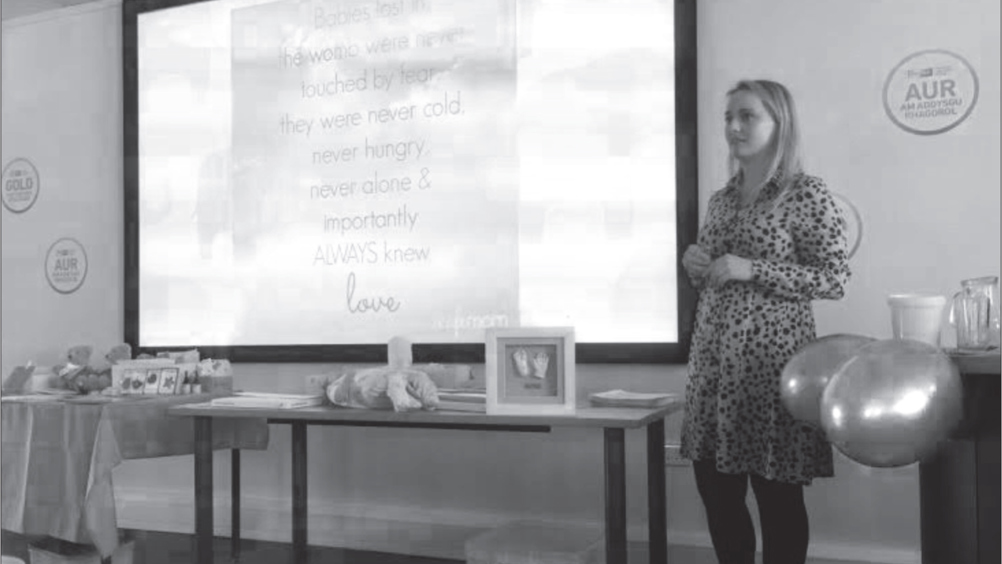References
Breaking the silence

Abstract
The death of a baby is one of the most profoundly traumatic experiences a family can experience. Chris Binnie from Beyond Bea Charity discusses why accepting support is better than being silent
Richard Horton, the editor-in-chief of the Lancet, described stillbirth as ‘one of the most neglected, marginalised, and stigmatised issues in global health today’ (Jolly, 2016). More than 2.6 million babies are stillborn around the world every year (World Health Organization, 2020) but the scale of baby loss is far broader, including miscarriage, ectopic pregnancy, molar pregnancy, late miscarriage, termination for medical reasons, neonatal death—the list goes on.
Many bereaved parents shy away from terms like ‘baby loss’, feeling that it softens the devastating reality of the situation to protect the sensibilities of those around them and often preferring ‘death of a baby’ as a term that is honest about the traumatic nature of this experience. However, the impact of the death of a baby goes far further than the parents. It extends to family, friends and wider society.
It also extends to the professionals responsible for caring for these families, a hugely challenging task which is often undertaken with little or no training, limited resources and minimal support. So, how can we find ways to best support bereaved families? How can we bring choice back when all their choices have been ripped away? Can the birth of a baby that has died be supported with positive elements? Would we still offer the desired pool birth to a bereaved family? Can a non-birthing partner still cut the cord? If not, why not? Do we do things a certain way because that's the way it's always been done? And how can we make sure that, as professionals providing care in a traumatic situation, we ensure that we look after ourselves and our emotional wellbeing too?
Register now to continue reading
Thank you for visiting British Journal of Midwifery and reading some of our peer-reviewed resources for midwives. To read more, please register today. You’ll enjoy the following great benefits:
What's included
-
Limited access to our clinical or professional articles
-
New content and clinical newsletter updates each month

